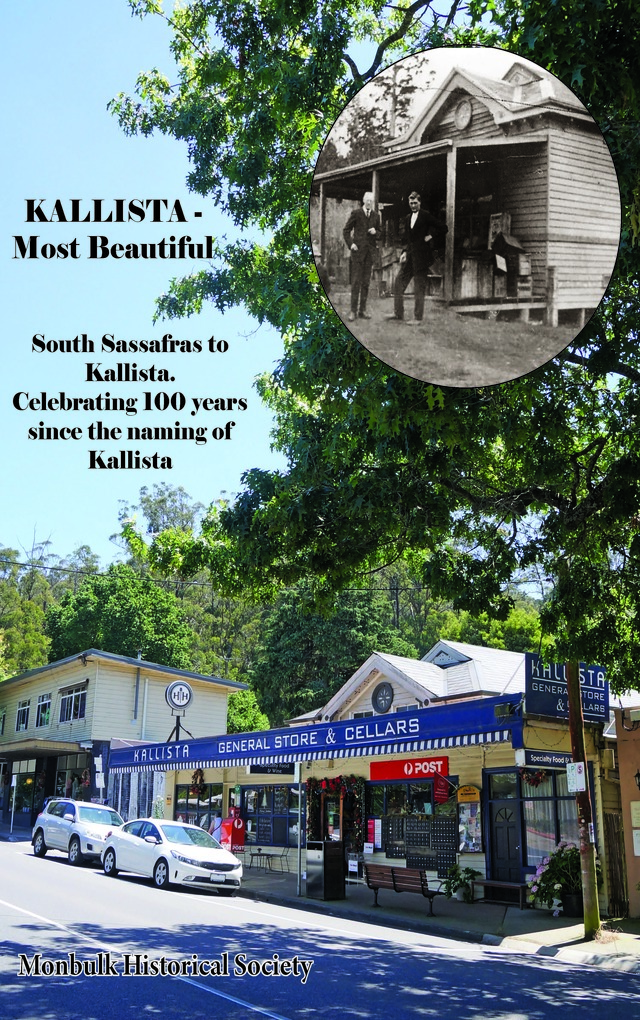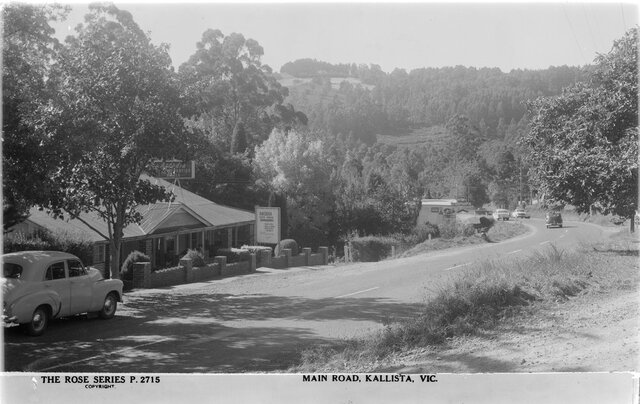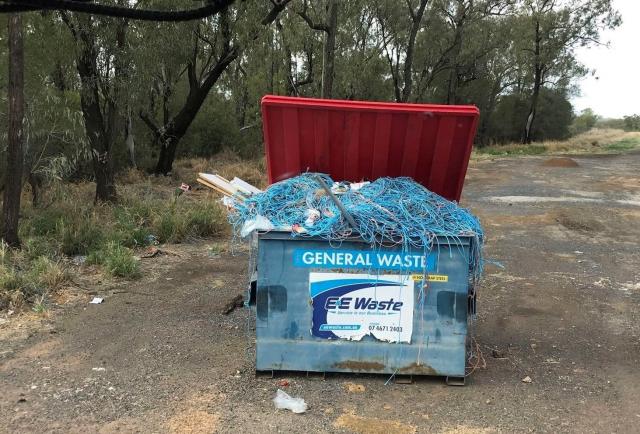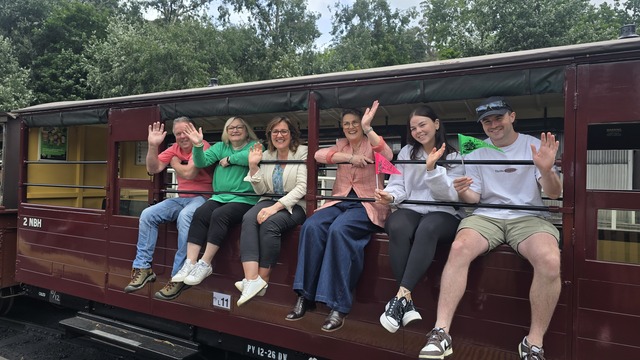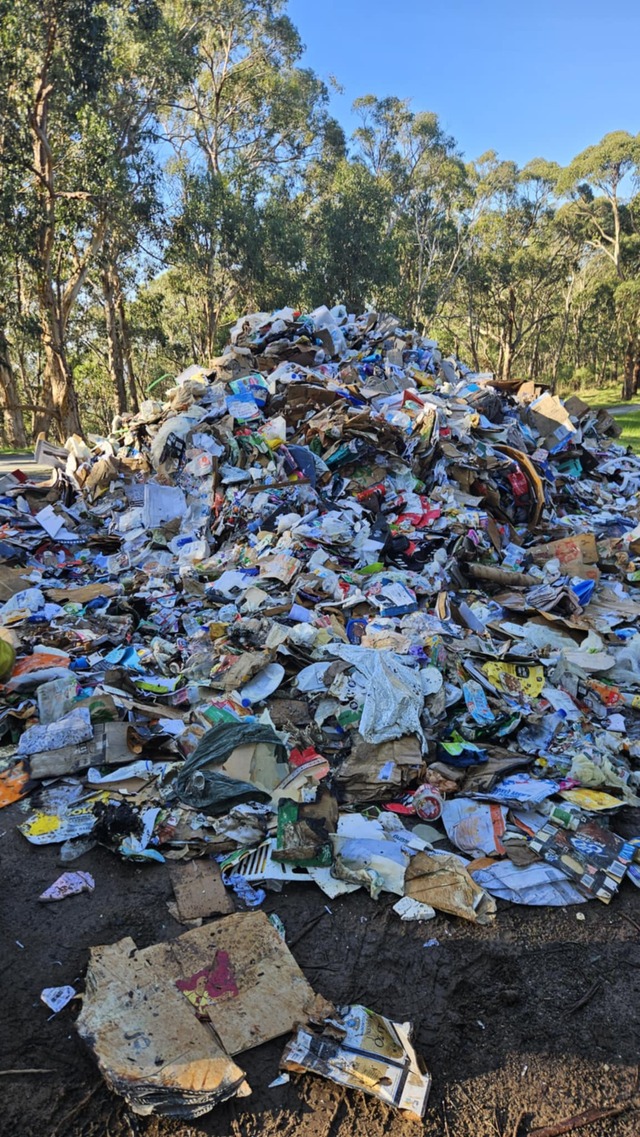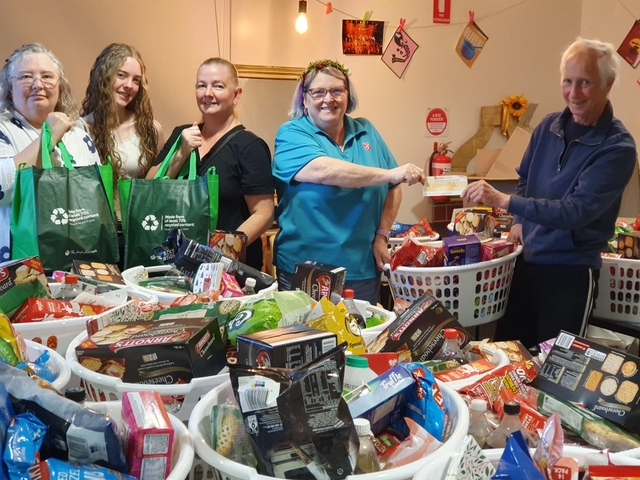The Monbulk Historical Society (MHS) is proud to release their latest book, ‘Kallista’ – “Most Beautiful” to coincide with the centenary of the name change from South Sassafras to Kallista.
The book is filled with over 650 images, taking readers on a journey through the town’s history, highlighting the people, places, and events that have shaped this beautiful community.
The president of the Monbulk Historical Society, Armin Richter said the project began about a year ago, when the head of the Kallista Village Group, Dr Miki Schwartzbord reached out to the Monbulk Historical Society with an idea.
“Dr Schwartzbord approached us and said they were planning events for the centenary of Kallista’s name change and asked if we wanted to be involved in some way,” he said.
“Of course, we were keen to get involved. It felt like the perfect opportunity to produce something that would commemorate the event and the history of the town.”
The name ‘Kallista’, meaning “most beautiful” in Greek, was chosen by Edith Eastaugh, a teacher who visited the area in the early 1900s, she suggested the name after seeing the stunning beauty of the town.
“It’s amazing how fitting that name is for the area, Edith Eastaugh knew exactly what she was doing and ‘Kallista’ was the perfect name to represent the natural beauty of the area,” he said.
But the process of naming the town didn’t come without its hurdles, before ‘Kallista’ was settled upon, another name ‘Kalmia’ – was considered.
“But it was too similar to ‘Kalorama’, and there were concerns about postal confusion,” Mr Richter said.
“South Sassafras had been having ongoing issues with its mail, with letters and packages getting lost or redirected – so the community felt it was time for a change.”
As the book began to take shape, the Historical Society’s extensive archive became the foundation for telling the story of Kallista.
With contributions from local families, the MHS already had a collection of photos and documents, but they also dug deep into public records and other historical sources.
“We’ve been collecting photos for nearly 40 years, so we had quite a fair bit to start with, but as we went through public records, we made a few exciting discoveries, too,” Mr Richter said.
“One of the most fascinating was finding out that, in 1931, there were plans to build a native zoo in Kallista, the project never went ahead, but it’s incredible to think that Kallista could have had a sanctuary like Healesville’s right here.”
The book goes beyond just telling the story of the land – it brings to life the people who lived there.
Many of the first settlers in Kallista played pivotal roles in the town’s development, and their stories are also captured in the book.
“We cover the early pioneering families who opened up the area when it was first settled in the Dandenong State Forest in 1893, many of those families are still connected to the area today, and it’s amazing to see that continuity,” Mr Richter said.
But why is it so important to document Kallista’s history now? According to the MHS president, it’s about connecting people to their past.
“A lot of people move to Kallista without knowing much about its history. It’s not always something that’s shared when new residents arrive,” he said.
“But I think people have a deep interest in their local area. They want to understand the history, the stories behind the streets they live on and the land they’re walking through. By sharing this book with the community, we’re offering them the opportunity to connect with Kallista’s past and truly appreciate what’s around them.”
The timing of the book’s release couldn’t be more fitting, as it launches this Saturday, 29 March, at the Kallista Mechanics’ Institute Hall as part of the centenary celebrations of the town’s name change.
The event will kick off at 2pm, with a busy afternoon of activities, ending in a reenactment bush dance that will run into the evening.
“It’s going to be such a fun day, there’s a lot going on, and we’ll be there with a marquee to share the book with everyone. After the launch at 3pm, we’ll be ready to chat with people, answer questions, and, of course, sell the book,” Mr Richter said.
For those unable to attend the event, the book will be available for purchase starting in April at the Monbulk Hub, the Community Bank Monbulk and District (Bendigo Bank), the Kallista General Store, or directly through the Monbulk Historical Society by emailing explore@monbulkhistoricalsociety.org.au.
When asked how the book should be described, Mr Richter replied, “I would say this book is really about visual storytelling. It’s more of an illustrated history than a traditional text-heavy account. There’s plenty of text, of course, but the images really tell the story of Kallista’s transformation. It’s a companion to the 1993 book ‘The Village in the Forest,’ but this one focuses on the visual history, showing people what Kallista looked like throughout different periods in time.”
For many, the book will bring a sense of nostalgia, particularly for long-time residents who can look back on what the town once looked like.
“When you see these old photos – some of them are over 100 years old – you realise how much has changed,” he said.
“It’s a fascinating way to see how the town developed and how much it’s grown, both physically and culturally. I think people will enjoy looking at the old images and seeing how much the town has evolved.”
“This book is a celebration of the people and the land. It’s about honouring the past while looking forward to the future, and I hope everyone, whether they’ve lived here for years or just moved in, will take away a greater appreciation for the place we call home.”

